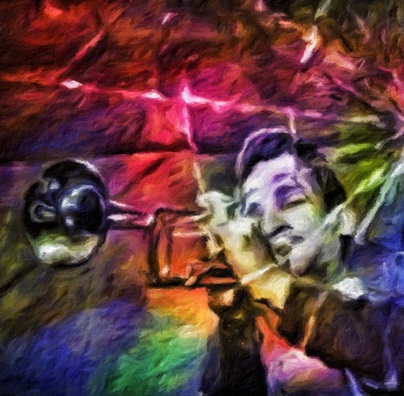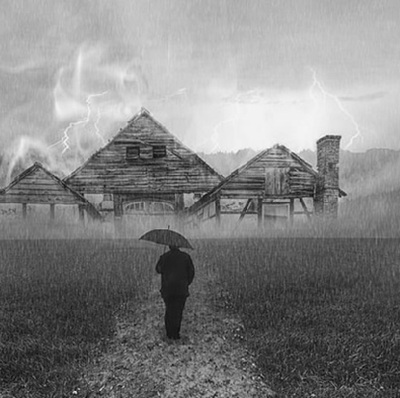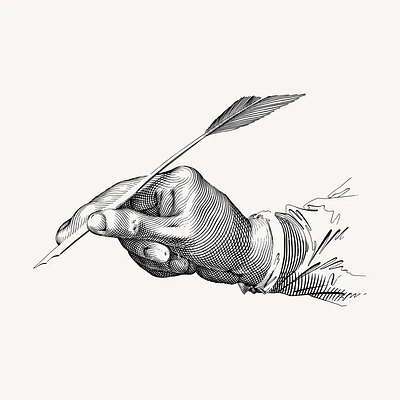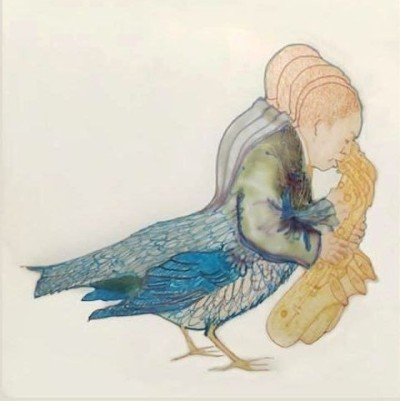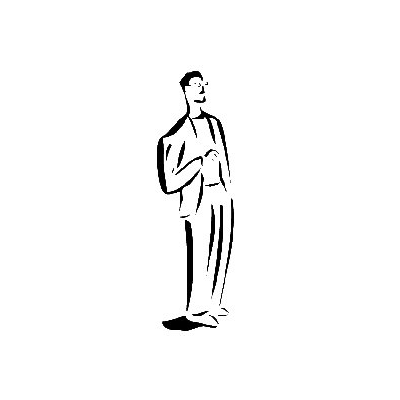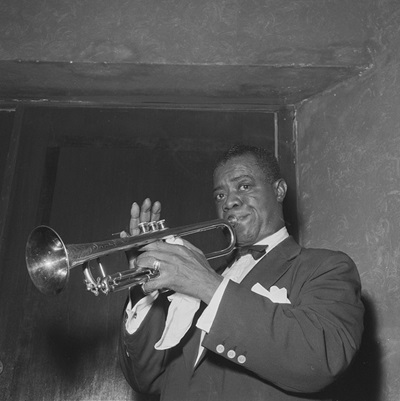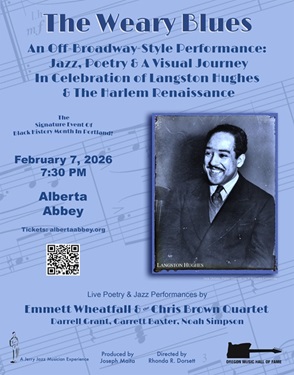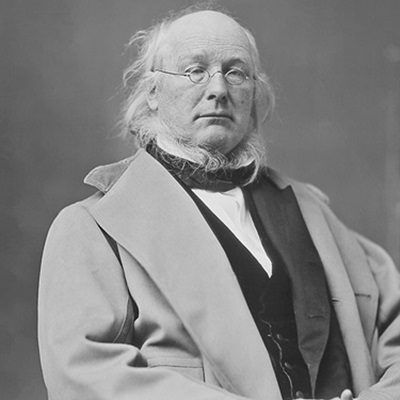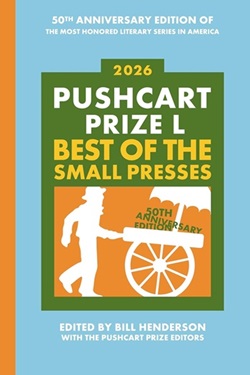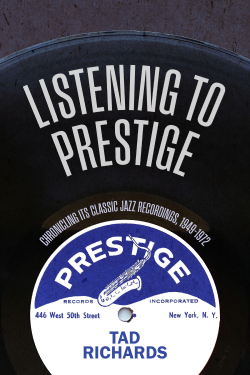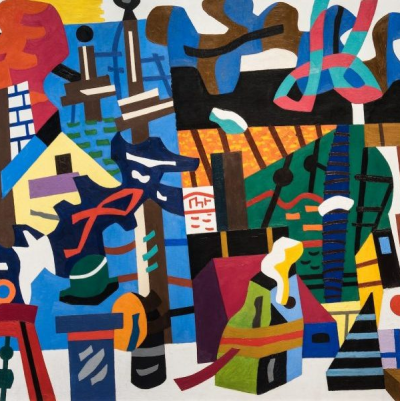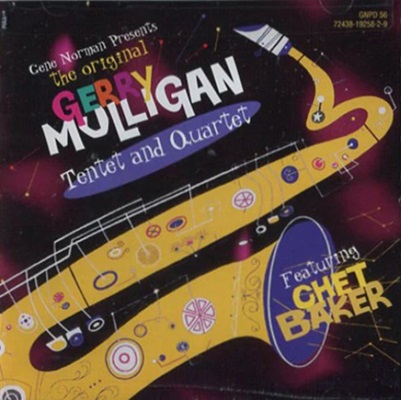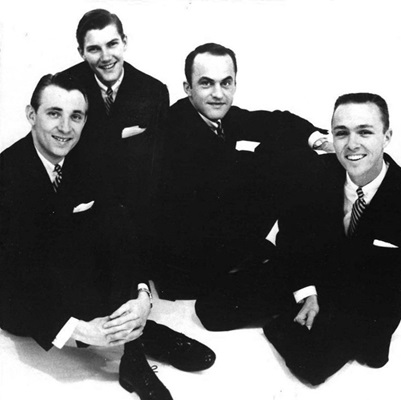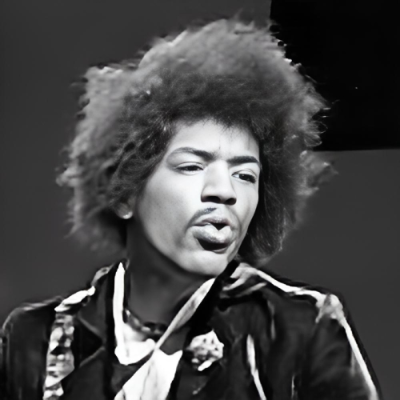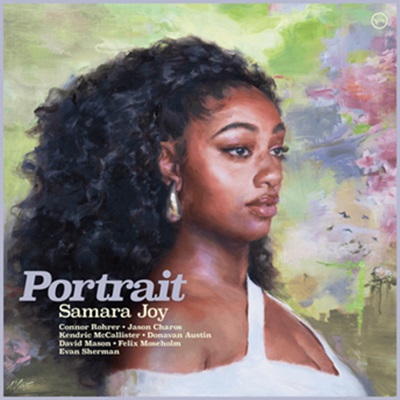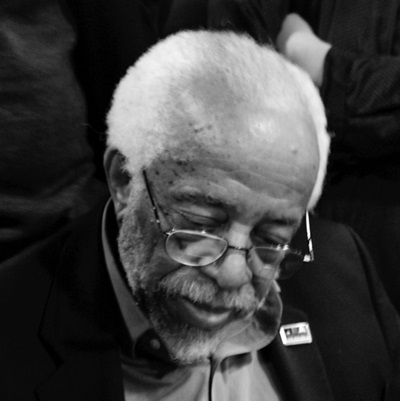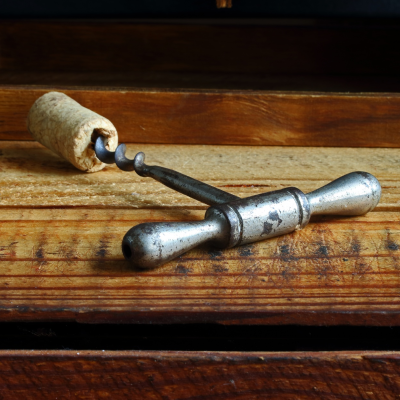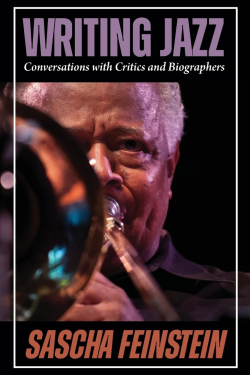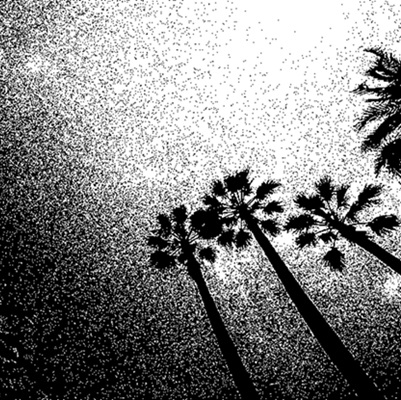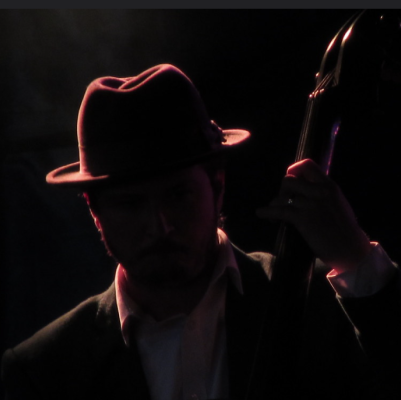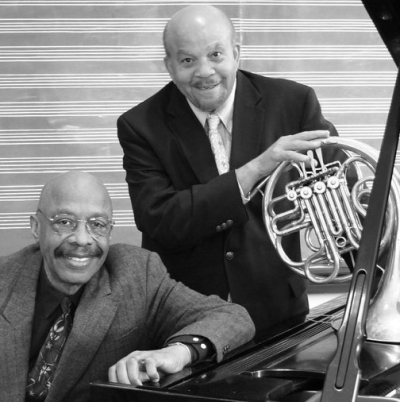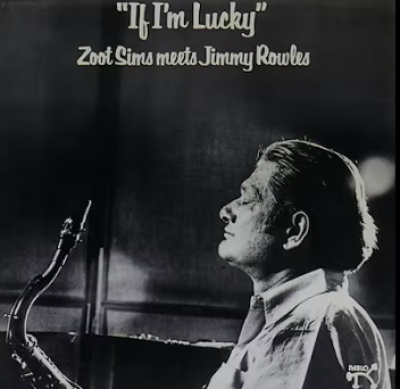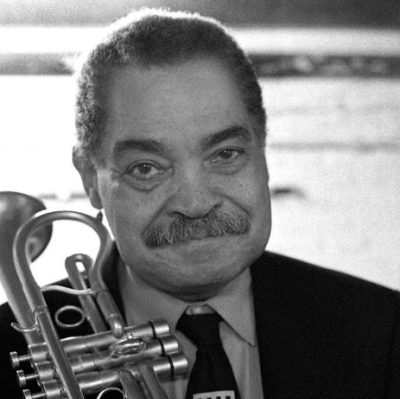.
.
Oren Eldar from Jerusalem, Israel, CC BY 2.0 , via Wikimedia Commons

Sheila Jordan in 2007
.
___
.
Two Jazz Survivors
by Bob Hecht
.
…..The jazz world recently lost one of the most unique singers in its history. The great Sheila Jordan passed at 96, an indefatigable artist who had been singing nearly to the very end. Sheila’s first—and most lasting—inspiration was Charlie Parker, whom she encountered in Detroit when she was still in her teens. She absorbed his innovations, and could scat bebop with the best of them, but she also became an exquisite ballad singer. While her bop-inflected improvisations could make a listener whoop with delight, her ballads could give one chills, or even tears. I had the good fortune to be friends with Sheila during a few years in my early twenties in New York; she was in her mid-thirties and just beginning to get serious recognition. She was an open, unpretentious person, and there was no BS about her, ever. Our paths crossed a couple of times in later decades, and each time was meaningful to me. A few years ago, I wrote the following remembrance.
.
___
.
…..In the summer of 2019, I was in New York City with my wife, Dale, to attend a gala held by the New York Festival Radio Awards. I was to receive an international award for my podcast, The Joys of Jazz, recognized as the best music podcast series. And lo and behold, the afternoon before the gala, I happened by chance to run into my old friend, the jazz singer Sheila Jordan. She was at the same Greenwich Village hair salon as Dale, and we had a few precious minutes to chat. She was there getting her hair done because she had a gig in Montreal the next night—an out-of-town gig as a world-renowned jazz singer at the age of 90! She has been called a jazz survivor, and there is no question about that.
…..I congratulated her on her NEA Jazz Master’s award earlier in the decade—and proudly told her of my own podcast award. She had been one of my biggest supporters back when I was doing a nightly jazz radio show in Newark in the early to mid-sixties.
…..“Well, you know,” she said, “if you keep on doing what you love long enough, people will eventually realize that you know what you’re doing!”
…..I understood that Sheila was speaking from experience; her own career didn’t really take off big-time until she was in her sixties. And now here we were, two jazz veterans, she ninety and I a mere 77, both still strongly connected to the music that we love.
…..That evening, in accepting my award, I told the audience of radio professionals from around the globe, these words: “Jazz needs voices, and I have always been thrilled to lend mine to the music, going back to the sixties doing a nightly jazz show for an FM station across the river in Newark.
…..“The audience for jazz,” I noted, “is small but passionate—but who wants big audiences, anyway?” (The several hundred people in the ballroom laughed appreciatively at my sarcasm, and I continued.)
…..“Seriously, the thing all of us here tonight have in common, is a dedication to storytelling. And in the story of America, jazz is a big character. The Joys of Jazz tells the story of a beautiful and joyous art form born from adversity and comprised of different musical strands—because jazz is a musical melting pot, just as America is a melting pot of immigrants. And it’s so gratifying to still be adding my voice to the music and now to be receiving this great recognition by my peers for the work that I love.”
…..When Sheila Jordan was made a National Endowment for the Arts Jazz Master in in 2012, at age 83, her acceptance speech contained similar sentiments. After thanking her mentor, Charlie Parker, she said: “What a great thrill it is for me to be receiving this highest honor for the music I’ve loved most of my life.”
.
….
.
…..I had first learned of Sheila and her extraordinary talent one day back in 1963. Here’s how it happened.
…..When I arrived at radio station WHBI in Newark, the office secretary handed me a stack of thin cardboard packages. This was one of the real perks of doing a jazz show—all the major jazz labels sent me their new releases to play on the air. That day I noticed there was one from Blue Note Records. I opened it and saw that on the cover was a dramatic, black-and-white profile of a woman, not a beauty but a striking-looking woman, someone who looked real. The album was titled Portrait of Sheila. I turned the record over and saw that she was accompanied by the nonpareil guitarist Barry Galbraith, the bassist Steve Swallow and the drummer Denzil Best.
….. I went into the studio and put the record on the turntable—and promptly fell in love. It wasn’t her voice per se that arrested me. It wasn’t a ‘pretty’ voice like Ella’s; she didn’t possess a spectacular range like Sarah. It was more like Billie Holiday, but without sounding like Billie. There was something raw about it, something natural. I felt like I was listening to an authentic person, an extraordinarily musical person.
…..Over the next couple of days, I listened to her album dozens of times, and absorbed her every phrasing, her every variation on the line. I played the album on my jazz show and began promoting her club appearances on the air.
…..My girlfriend and I went to her weekly gig at the Page Three Club in the Village, and soon we got to know her. Talking with Sheila was easy, she was very open and warm, and there was nothing of the diva in her attitude. She had heard my radio show and was very complimentary about it. We started to hang out occasionally and became quite good friends. We even babysat her daughter Tracey now and again when Sheila needed a break.
…..One night we were hanging out with Sheila and decided to go hear Lennie Tristano playing a rare club date in the city. We piled into my old ‘49 Dodge and headed down to the Half Note in lower Manhattan, at Hudson and Spring Streets. Sheila had studied theory and improvisation with Tristano for a couple of years.
…..Sheila also adored the artistry of pianist Bill Evans. She told me that the first time she heard him play “Waltz for Debbie,” during a set at the Vanguard, she burst into tears, so moved by the delicate beauty of it.
…..As we walked into the dimly lit Half Note that night, we could see that Lennie, who was blind, was standing across the room by the coat-check stand at the end of the long bar, so we headed in that direction to say hello.
…..“Hey Lennie,” Sheila sang out. Instantly recognizing her by her voice alone, he replied, “Hey Sheila, thanks for coming out,” and they embraced warmly. Everybody loved Sheila.
…..That same year she would win the Down Beat Magazine poll for female vocalist in the ‘talent deserving wider recognition’ category. But it would be more than ten more years before she made another album as a leader.
.
…
.
…..Charlie Parker had been so knocked out by Sheila he had famously called her ‘the girl with the million-dollar ears.” Sadly, that had never translated to a million-dollar career. For years, Sheila kept her day job as a typist so she could reliably support Tracey, who was pianist Duke Jordan’s daughter. She said there was never any money from Duke, that “it all went to support his habit.” He was Charlie Parker’s pianist for years in the late forties. She once told me that, “When winter came around, Duke would complain about the freezing nights, and the hours of waiting around on street corners to meet his connection.”
…..Parker had been her musical idol since she discovered his genius in her teens. Perhaps more than any other jazz vocalist, she captured the spirit of his improvisational approach.
…..“I was very close to Bird,” she told me one night in her Chelsea apartment. I raised my eyebrows, curious about her remark.
…..“No, not that way,” she said with a throaty laugh. “He was always a perfect gentleman with me. But we did hang out a lot and were close. You know Bird always said that if you don’t live it, it won’t come out of your horn, or out of your voice. If you are honest, all the pain, along with the beauty, will come out.”
…..Some of that pain comes through, and certainly the beauty, too, on the wrenching ballads she sings on Portrait of Sheila.’ When she sings “Am I Blue,” you understand that she really knew what it means to be blue, she wasn’t just acting as so many chanteuse-type singers do. You can feel her down to the ground. She is nothing if not real.
.
….
.
…..I lost touch with Sheila when I moved out of New York and didn’t see her again until one day in 1986 at a jazz venue in Half Moon Bay, in a beach house right on the Pacific Coast. I was standing at the top of the steep stairway and who should be climbing up but Ms. Jordan.
…..“Hey, I know you,” she said with a huge smile. While she got ready for her gig, we caught up on a few details of our lives during the two decades since we’d seen each other. Her biggest news was that she was in recovery from alcoholism.
…..I was shocked. “Shiela, I never realized you had a drinking problem.”
…..“Yeah, I hid it pretty well. It’s in my family—my parents were both alcoholics.”
…..“Mine too,” I told her, at the same time realizing that the person there who had not yet dealt with his own alcoholism, was me.
…..“Yeah,” she said, “no more booze.” But she laughed as she added, “Maybe just the occasional line of coke.”
…..(I would learn many years later that Sheila had developed a coke habit around that time in the eighties but eventually stopped using drugs too).
…..Within a few years I, too, would face my own drug and alcohol demons, and it helped me a lot to remember how openly and straightforwardly she had talked about being an alcoholic. While she had no idea of the pertinence of that topic to my life, I felt like she was putting it out into the sunshine where it could be seen and purified.
…..As I write this in 2022, Sheila is still going strong as a performer and educator in her 90’s. I feel so very fortunate to have known this remarkable person and artist, if only for little bits of time here and there—and I am so deeply grateful that we both survived our addictions.
.
…..Postscript: After we said goodbye that afternoon in 2019, following that fortuitous reconnection, I realized I hadn’t thought to tell her something very important—that I, too, had finally faced my own addiction demons, and had recently reached the landmark of being sober for thirty years.
.
.
___
.
.
.
.
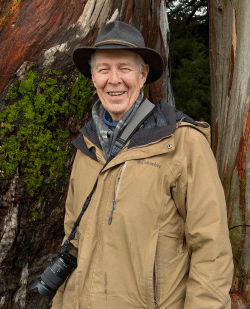
Bob Hecht frequently contributes his essays, photographs, interviews, playlists and personal stories to Jerry Jazz Musician. He has a long history of producing and hosting jazz radio programs; his former podcast series, The Joys of Jazz, was the 2019 Silver Medal winner in the New York Festivals Radio Awards. In addition, he is a widely published fine art photographer, whose work has appeared multiple times in The Sun, LensWork, Black & White Magazine, Zyzzyva and other periodicals, as well as in the book, Dream of Venice in Black & White, published by Bella Figuera Publications. He lives with his wife in Portland, Oregon.
His photo website is roberthecht.com
Instagram: @roberthechtphotography2.0.
Click here to read about his book, Stolen Moments: A Photographer’s Personal Journey
.
.
In addition to contributing stories and playlists, Bob has conducted several fine interviews for Jerry Jazz Musician.
Click here to read Two of a Mind: Conversations on Creative Collaboration, featuring Bill Charlap and Sandy Stewart; Click here to read his interview with Pepper Adams biographer Gary Carner. Click here to read “Life in E Flat” – a conversation about Phil Woods – with pianist Bill Charlap and jazz journalist Ted Panken, and click here to read his interview with Alyn Shipton, author of The Gerry Mulligan 1950’s Quartets.
Click here to view Bob’s playlists published on Jerry Jazz Musician
.
.
___
.
.
Click here to read The Sunday Poem
Click here to read “My Vertical Landscape,” Felicia A. Rivers’ winning story in the 69th Jerry Jazz Musician Short Fiction Contest
Click here for information about how to submit your poetry, short fiction, playlists, art, or essays
Click here to subscribe to the (free) Jerry Jazz Musician quarterly newsletter
.
Click here to help support the ongoing publication of Jerry Jazz Musician, and to keep it ad and commercial-free (thank you!)
.
___
.
.
Jerry Jazz Musician…human produced (and AI-free) since 1999
.
.
.






